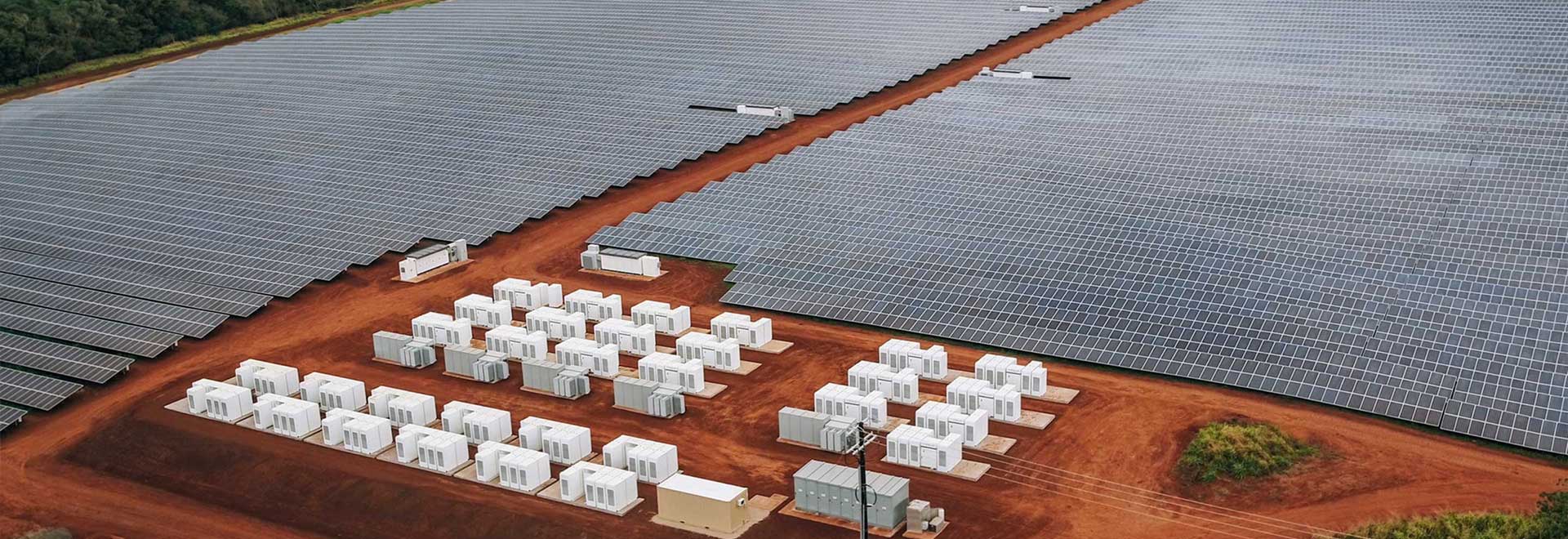NEWS
New Energy Vehicle Power Electronic Assembly System
author:管理员 Published on:2023-06-30 09:01:13
abstract:In recent years, with the improvement of environmental awareness and the development of the automotive market, new energy vehicles have gradually become a major trend in the future automotive industry. Among them, the power electronic assembly system is one of the core components of new energy vehicles.
In recent years, with the improvement of environmental awareness and the development of the automotive market, new energy vehicles have gradually become a major trend in the future automotive industry. Among them, the power electronic assembly system is one of the core components of new energy vehicles.
The power electronic assembly system is a system composed of a battery pack as energy source, which converts electrical energy into mechanical energy through a controller, frequency converter, motor, etc., and drives the vehicle to run. Compared with traditional car engines, the power electronic assembly system has advantages such as high efficiency, environmental protection, and low noise. However, there are also some challenges in the power electronic assembly system, such as stability and reliability in environments such as high temperature, high pressure, and high frequency.
In order to solve these problems, the power electronic assembly system of new energy vehicles needs to have multiple technologies. The first is the heat dissipation technology in high-temperature environments, which quickly dissipates the heat of electronic components through methods such as heat dissipation fins and tubes, ensuring the stability of the system. Secondly, insulation technology in high-voltage environments ensures the safety and reliability of electronic components through special insulation materials, insulation structures, and other methods. The latter is anti-interference technology in high-frequency environments, which ensures the stability and reliability of the system through shielding, filtering, and other methods.
In addition, the power electronic assembly system of new energy vehicles also needs to possess various technologies such as intelligence, networking, and security. By means of intelligent control, data transmission, security protection, and other means, the efficient, secure, and intelligent operation of the system can be achieved.
In short, the power electronic assembly system of new energy vehicles is one of the core components of new energy vehicles, with advantages such as efficiency, environmental protection, and low noise. However, its stability, reliability, and other issues also need to be addressed. In the future, with the continuous development of the new energy vehicle industry, the power electronic assembly system will also be continuously upgraded and optimized, bringing people a more high-quality, efficient, and environmentally friendly travel experience.
The power electronic assembly system is a system composed of a battery pack as energy source, which converts electrical energy into mechanical energy through a controller, frequency converter, motor, etc., and drives the vehicle to run. Compared with traditional car engines, the power electronic assembly system has advantages such as high efficiency, environmental protection, and low noise. However, there are also some challenges in the power electronic assembly system, such as stability and reliability in environments such as high temperature, high pressure, and high frequency.
In order to solve these problems, the power electronic assembly system of new energy vehicles needs to have multiple technologies. The first is the heat dissipation technology in high-temperature environments, which quickly dissipates the heat of electronic components through methods such as heat dissipation fins and tubes, ensuring the stability of the system. Secondly, insulation technology in high-voltage environments ensures the safety and reliability of electronic components through special insulation materials, insulation structures, and other methods. The latter is anti-interference technology in high-frequency environments, which ensures the stability and reliability of the system through shielding, filtering, and other methods.
In addition, the power electronic assembly system of new energy vehicles also needs to possess various technologies such as intelligence, networking, and security. By means of intelligent control, data transmission, security protection, and other means, the efficient, secure, and intelligent operation of the system can be achieved.
In short, the power electronic assembly system of new energy vehicles is one of the core components of new energy vehicles, with advantages such as efficiency, environmental protection, and low noise. However, its stability, reliability, and other issues also need to be addressed. In the future, with the continuous development of the new energy vehicle industry, the power electronic assembly system will also be continuously upgraded and optimized, bringing people a more high-quality, efficient, and environmentally friendly travel experience.



